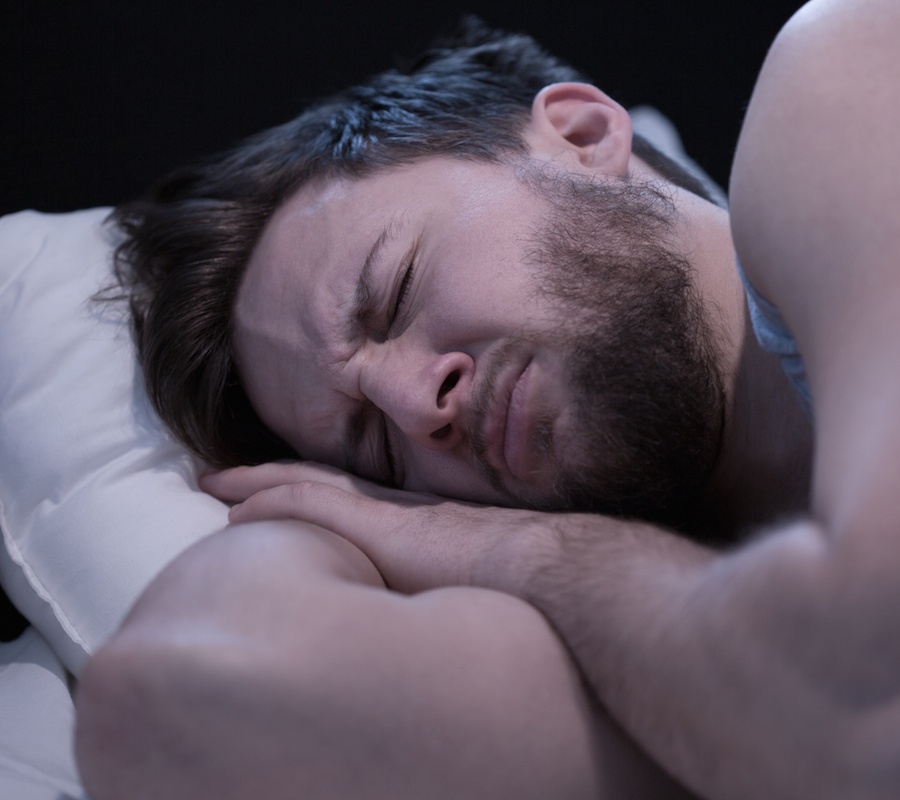

It’s different from sleepwalking and sleep terrors because a person who has RBD can be woken easily and can recall vivid details of their dream. REM sleep usually involves sleep paralysis, but people with this parasomnia act out dramatic or violent dreams during that sleep stage. Continuous positive airway pressure (CPAP) treatment may lower this risk. People who have coronary artery disease and who have lower blood oxygen because of sleep-related breathing problems may be more likely to have arrhythmias, which happen during REM sleep. Irregular Heart RhythmsĬardiac arrhythmia is the medical term for an uneven heartbeat. Rarely, a man’s erections are painful enough that they wake up. Impaired sleep-related erections may mean you have erectile dysfunction. This parasomnia happens in men who, while they sleep, can’t keep an erect penis that would be rigid enough for sex. Men usually have erections as a part of REM sleep. Some people have it only once, but others have it again and again. A sound or touch might end the episode, making you able to move again within minutes. It can be scary if you don’t know what’s happening. Sleep paralysis can run in families, but experts aren’t sure what causes it. When you have sleep paralysis, you can’t move while falling asleep or while waking up. Other times, they’re linked to sitting for a long time, dehydration, overworked muscles, or physical problems like flat feet. Sometimes, there’s no clear trigger for these cramps. They’re different from restless legs syndrome, which usually doesn’t involve cramping or pain.


Nocturnal leg cramps often happen in middle-aged or older people, but anyone can have them. The cramping feeling may last from a few seconds to 10 minutes, but the pain may linger. Nocturnal leg cramps are sudden, uncontrolled muscle contractions during rest. Things like fever, emotional stress, or other sleep disorders can cause sleep talking. The talker probably won’t remember doing it. Sleep talking can involve simple brief sounds or long speeches. This parasomnia usually isn’t dangerous but can disturb bed partners or family members. Sleep talking is a sleep-wake transition disorder. This parasomnia, which doctors also call headbanging, can also involve movements such as rocking on hands and knees. A child may lie flat, lift their head or upper body, and then forcefully hit their head on the pillow. Rhythmic movement disorder happens mostly in children under age 1, often just before they fall asleep. You probably won’t remember the event the next day. You react slowly to commands and may have trouble understanding when someone asks you a question. This parasomnia, which is also known as excessive sleep inertia or sleep drunkenness, makes you very slow when you wake up. Sleepwalking itself can be risky because the person isn’t aware of where they are and can fall or bump into things.Ĭonfusional arousals usually happen when you wake from a deep sleep during the first part of the night. It’s not dangerous to wake a sleepwalker, but they might be confused when they wake up. It tends to stop as children enter the teen years. This parasomnia mostly happens in children between ages 5 and 12. It can also happen during REM sleep in the early morning. Sleepwalking is most common during a stage called deep non-rapid eye movement (non-REM) sleep early in the night. Sleepwalking is when you’re moving around and look awake but are actually asleep. Strong emotional stress and alcohol use can make adults more likely to have them. This parasomnia is fairly common in children, mostly between ages 3 and 8.Īdults can also have night terrors, and they may run in families. People who have night terrors can be a danger to themselves or other people because of body movements that they can’t control. You usually won’t remember it the next morning. You might not seem fully awake.Įpisodes of this parasomnia last about 15 minutes, and then you’ll probably fall back asleep. You can’t talk and won’t respond to voices. They cause you to wake suddenly, feeling terrified and confused. Night terrors, also called sleep terrors, are similar to nightmares but usually happen during deep sleep. Talk to your doctor if you have nightmares more than once a week or if they keep you from getting a good night's sleep for a long time. Many things can cause nightmares, including illness, anxiety, the loss of a loved one, or reactions to a medication. You’ll probably remember the episode in detail. They might make you wake suddenly and have a hard time getting back to sleep. Nightmares are vivid dreams that can cause fear, terror, and anxiety. Parasomnias are types of disturbing disorders that can happen just before you fall asleep, while you’re sleeping, or as you’re waking up.


 0 kommentar(er)
0 kommentar(er)
